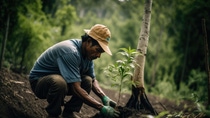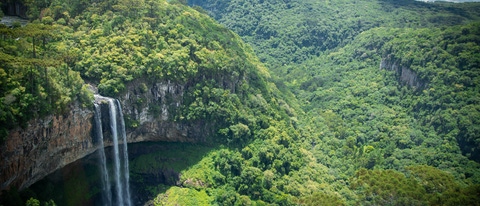Plastics & Rubber
Carbon Emission Reduction

BASF has a bold plan to achieve net zero emissions by 2050. By 2030, we target a reduction of greenhouse gas emissions worldwide by 25 percent (compared to 2018 values).
The BASF Plastic Additives business is working hard to contribute to these targets, with Operation Excellence and Carbon Management teams investigating every opportunity to reduce our dependence on fossil resources and shift to renewable energy.
In addition, we look for creative ways to reduce our carbon emissions even outside our production processes.
VALERAS® Trees
The BASF Plastic Additives team is always looking for ways to contribute to a sustainable future.
Beginning at the K Fair in 2022, we committed to start off-setting our carbon emissions at trade shows. With a dedicated social media campaign to engage with customers, colleagues, and the visiting public, we replaced some of our physical giveaways with a tree planting campaign.
Our first trade show was a success, and LinkedIn posts with the hashtag #VALERASatK2022 enabled us to support the extraction of 22 tons of CO2!
However, we don’t want to stop there! We target 100 tons of CO2 extraction by the end of 2023! Help us reach our target by supporting our digital giveaways at upcoming Events.

Where do we plant the VALERAS® trees?
A collaboration of BASF and Fundacao Espaco Eco, Mata Viva® has flourished across Brazil, attracting a broad range of partners from the agricultural, business and scientific communities, all united in their desire to foster biodiversity.
